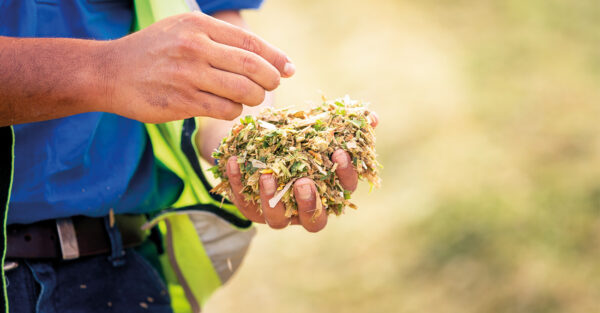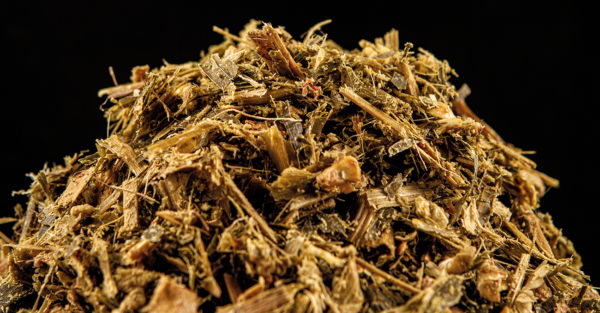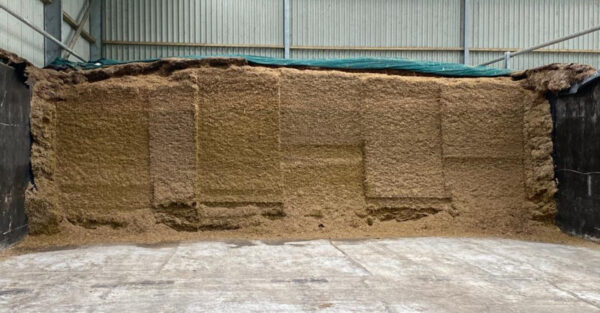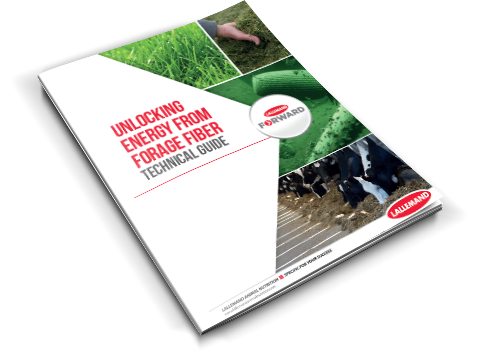Blog | Reading Time 2 minutes
Cutting edge scientific techniques highlight how MAGNIVA Platinum 1 takes control of corn silage quality
Forage inoculants have been scientifically researched for more than 30 years, but the detailed microbiology and biochemical changes that occur through the fermentation cycle are still only partially understood. Thanks to new state-of-the-art metagenomic technologies, scientists at Lallemand have gained unprecedented insights into microbiological changes happening in the silage bunker/silo in real-time.
What metagenomics tells us about silage fermentation and why should silage experts care?
Metagenomics allows us to look at the microbial populations at any point through the fermentation by utilizing DNA sequencing techniques. This enables us to detect different bacterial species and also their relative abundance to one another. This data is crucial for two reasons:
- It enables us to identify how effectively a forage inoculant affects the fermentation at a microbiological level, quickly allowing researchers to determine if the product is efficient.
- It enables us to identify bacterial candidates for future research consideration very quickly, which previously required long and laborious research activities.
Taking control of silage quality
The MAGNIVA Platinum range combines the gold standard L. buchneri NCIMB 40788 with a newly patented bacterial technology, Lactobacillus hilgardii CNCM I-4785. The combination is proven to significantly improve fermentation, aerobic stability and reduce yeast and mold levels across a variety of silages and dry matters after just 15 days of fermentation.
Metagenomic data taken from trials carried out on corn silage using MAGNIVA Platinum 1 showed that, compared to the control, the treated silage had a higher population of Lactobacillus bacteria and lower numbers of undesirable microbes such as yeasts and molds after just 15 days of fermentation.
Following the fermentation cycle up to 64 days, the treated sample continues to increase the Lactobacillus population to the point where it composes 90% of the total bacterial species found in the silage (figure 1). This compares to just 50% in the control sample. This means that the control silage is far more likely to contain undesirable bacteria.
The genomics data highlights how using MAGNIVA Platinum allows producers to take control of their silage quality. It ensures the fermentation is controlled quickly and efficiently — maximizing both the feed value and aerobic stability.

Bacterial populations evolution within corn silage, treated or not with Magniva inoculant: blue bars represent Lactobacilli populations.
Click here for more detailed insights into metagenomics silage study!
Published Jun 22, 2021 | Updated May 29, 2023
Related articles
Need specific information?
Talk to an expert


